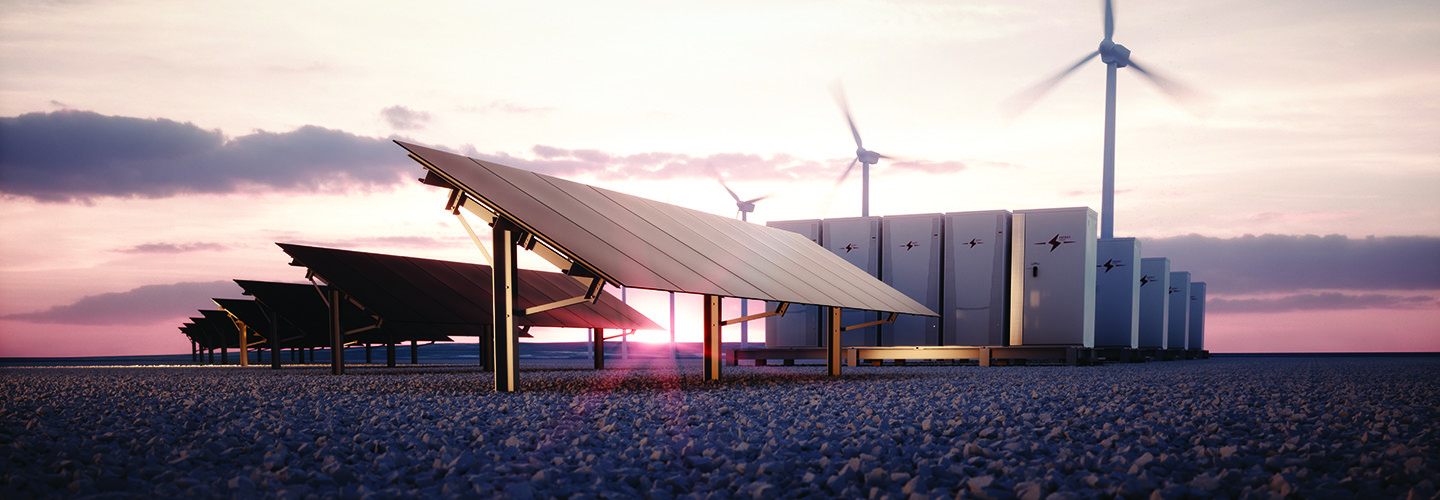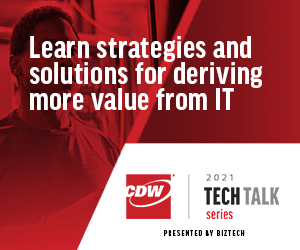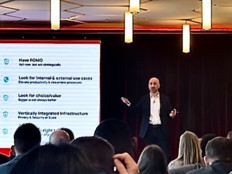Cleary and Palmer also write about the challenge of finding a proper balance of supply and demand on the power grid. “Grid operators must have a sense of how much renewable energy is being generated at any given moment, how much renewable energy generation is expected, and how to respond to changing generation. All of this information can be difficult for grid operators to know due to the intermittent nature of renewable power and the wide variety in the size and locations of renewable energy resources across the power grid.”
This is where grid virtualization can help utilities get the most out of renewable sources. By incorporating tools such as machine learning and artificial intelligence, utilities gain better visibility into their grids, leading to increased efficiencies and even lower rates.
What Is Grid Virtualization?
Cleary and Palmer explain that “there are two main types of renewable energy generation resources: distributed generation, which refers to small renewables on the distribution grid where electricity load is served; and centralized, utility-scale generation, which refers to larger projects that connect to the grid through transmission lines.”
Researchers for Utility Dive suggest that virtual power plants “can replace conventional, fossil-fueled power plants and enable a cleaner, cheaper and more resilient grid.” But simply allowing the participation of distributed energy resources in wholesale electricity markets won’t be enough, they write: “What’s needed to enable true virtual power plants is for distribution system operators (DSOs) to combine knowledge and operation of the distribution network with DER aggregation in a way that doesn’t slow the pace of harnessing the potential of DERs.”
MORE FROM BIZTECH: What leaders should do following the Colonial Pipeline hack.
Solving the Challenges of Integrating Renewable Energy Sources
Writing in March, those researchers claimed that “an immediate priority is building software systems to ‘virtualize the grid.’”
Just a few months later, Utility Dive reported that electrical power distributor AES is partnering with Google on new grid virtualization technologies designed to support the company’s transition to cleaner energy. According to Kristina Lund, AES president and CEO for U.S. utilities, the company is considering new technologies such as electric vehicles, DERs and smart devices because “we need more sophisticated modeling tools.”
“The partnership will develop technology to simulate and virtualize AES’ distribution grids in Indiana and Ohio, giving operators a better real-time view of the grid and supporting long-range planning,” according to Utility Dive. “AES Chief Product Officer and Senior Vice President Chris Shelton said the integration of artificial intelligence and machine learning will support ‘better decisions on investments and better action on real-time decisions’ for the grid.”
The AES/Google partnership is just the latest of many projects developing around the country to support the use of virtual power plants.
Julian Spector reports for Green Tech Media that 2020 was a year of progress for virtual power plants, citing multiple major developments for power distribution that employs “tools like rooftop solar, batteries, smart thermostats, smart appliances and electric vehicle chargers.”
“Aggregated resources are still far from full integration into the workings of the grid’” Spector writes. “But virtual power plants hit several milestones this year and pushed their deal count higher than ever before.”










